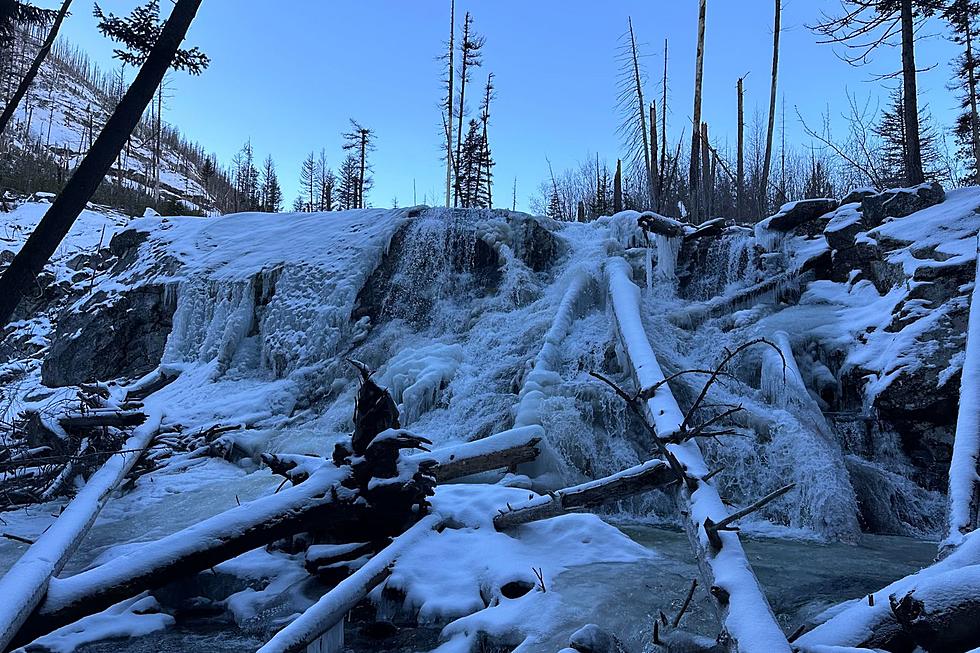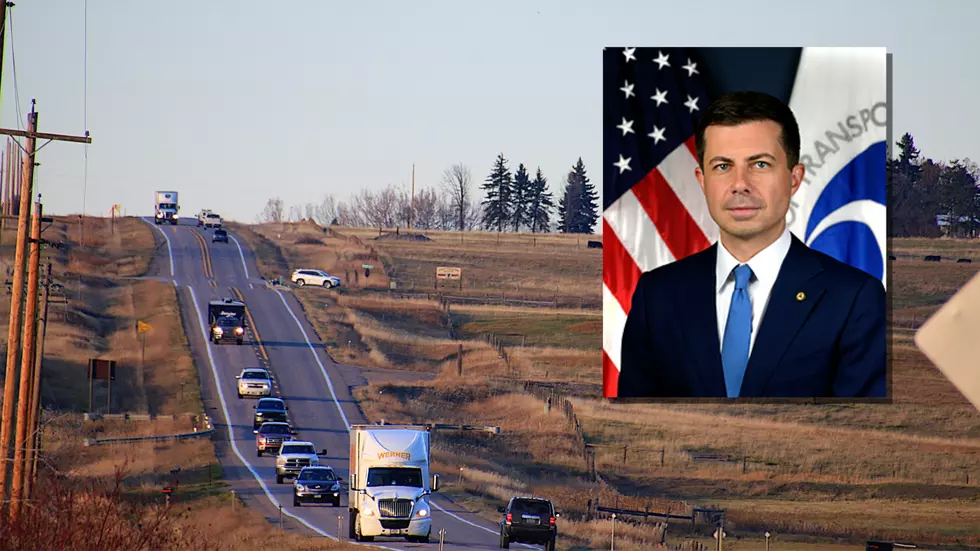
Dr. Kolb Huge Amount of Deadfall and Fire Danger in Montana
Missoula, MT (KGVO-AM News) - On a recent KGVO Talk Back program, Dr. Peter Kolb with MSU Extension and the UM School of Forestry described the excessive amount of deadfall (downed dead trees) in western Montana’s national forests.
KGVO spoke to Dr. Kolb on Friday where he described a conversation with a forester who provided deeper details about the dangers that all the drowned trees pose to the national forests, and the nearly Montana communities.
Dr. Kolb said The Number of Snags has Increased Dramatically
“I'm giving a recollection of his experiences fighting fire for the last 50 years,” began Dr. Kolb. “He gave an interesting statistic that when he started fighting fires back in the 1950s, the average dead tree per acre, or what we call snags, was about two to three snags per acre. But, now when he goes out, he's looking at 200 to 300 snags per acre.”
Dr. Kolb had a vivid description of these downed trees, or snags, and their potential for fire.

The Burning Snags would Produce 1,000 Times the Energy as Grasses
“These large fuels, known as thousand-hour fuels in a wet summer aren't that big a deal because it's the fine fuels that carry fire. However, when we're in a drought and the fuel moisture on these large snags drops, then those become a big problem because they release 1,000 times more energy than the fine fuels like the grasses and the pine needles and the shrubs.”
Dr. Kolb described the danger that all the dead timber poses to the forests and the surrounding communities.
Dr. Kolb said Without Winter Moisture the Fires Could be Unprecedented
“We now have an enormous large dead fuel loading across most of our forests, especially mid-elevation and high-elevation forests in Montana,” he said. “If we don't get the snow, which really hydrates those logs, and we enter into an early dry summer, then that creates fires that in modern history are pretty unprecedented, just because of the amount of energy being released by all that dead wood in the forest.”
Dr. Kolb said such fires could be so destructive that firefighters would simply have to back up to the highways and try to protect the nearby communities.
Looking Back at One of Montana's Most Explosive Fires
Gallery Credit: Dennis Bragg
More From Newstalk KGVO 1290 AM & 98.3 FM









